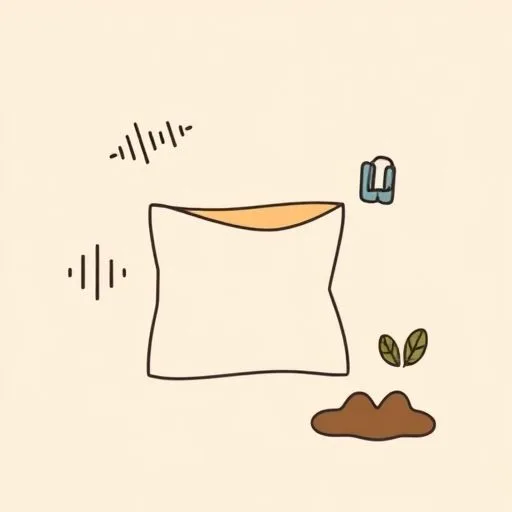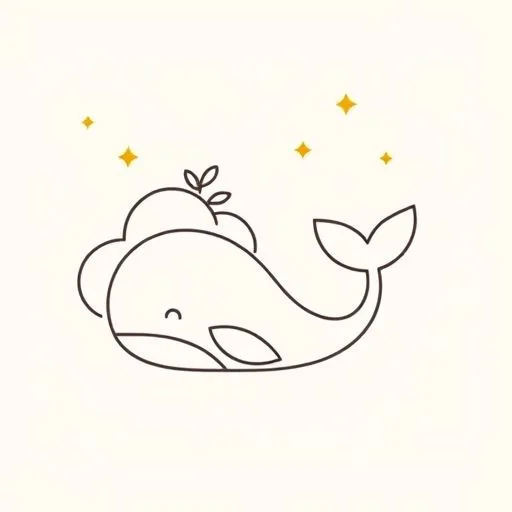
Last night, my partner and I watched our little one chase flashlight beams across the wall, turning shadows into dancing rabbits. Later, an article about brain-computer interfaces popped up on my feed. But right then? The real future was happening in our living room—her small voice asking where the light disappears to when we switch it off. We live in a world where answers are a tap away, yet the deepest learning blooms in that pause between question and answer. That’s where curiosity lives, and where we’ve learned to gently step back so it can grow.
The Unchanging Compass of Curiosity

Remember when they first asked ‘why does the sky cry?’ during rain? I’ll never forget reaching for my phone to find the ‘perfect’ explanation—until I saw my partner. She simply knelt beside our child and said, ‘What do you think makes the clouds sad?’ That moment taught us how to balance AI with children’s curiosity without even naming it.
Technology hands us answers in 0.3 seconds, but the magic is in the not-knowing. When we let that ‘I wonder’ space breathe between us, we’re not being lazy parents. We’re protecting kids’ curiosity from AI overuse by honoring the stumble before the solution.
Think about it: every time they chase soap bubbles or ask why ants march in lines, they’re building neural pathways no algorithm can replicate. That quiet strength just blows me away—how they can sit with mystery while the world screams for instant answers.
Sure, apps promise to transform homework into holograms, but we’ve noticed something profound. When our child asks why clouds float, the real spark ignites not from a YouTube clip, but from us saying, ‘Let’s test it together.’ Filling a bowl with water, dropping cotton balls—it’s clumsy, it’s slow, and it’s everything.
Because balanced AI parenting for curious children isn’t about rejecting tech. It’s about choosing which moments deserve silence instead of screens. Like when they whisper ‘does the moon get lonely?’ at bedtime. That’s not a trivia question—it’s an invitation to dream. And so we tuck away the devices, hold their small hands, and breathe into the unknown. That shared wonder? It’s the foundation no startup can build.
Hands Before Headlines

There’s this ambulance siren that wails past our street every Tuesday. Last week, our child froze, hands over ears, eyes wide with fear. My first thought? Pull up a calming ‘How Sirens Work’ animation. But my partner did something quieter—she grabbed a crumpled receipt from her purse and asked, ‘Can you hear the sound in this paper?’ Together, they smoothed and crinkled it, feeling the vibrations in their palms.
In that tactile pause, sensory memory took root deeper than any video ever could. That’s how we foster imagination through AI parenting without ever saying the phrase: by prioritizing touch over touchscreens when curiosity strikes.
You see it everywhere—the headlines screaming about ‘metaverse nurseries’ or AI tutors. But the real learning happens elsewhere. Like when laundry clips become puppet theaters during naptime, or when we count sidewalk cracks instead of checking step trackers. These moments teach our children what no app can: that the world lives in their fingertips.
We’ve learned to spot the subtle shift—a sigh when they put down the tablet, the way their eyes brighten when splashing in puddles. That’s the signal. It’s not anti-technology; it’s pro-feeling. And in years ahead, when they face complex problems, it won’t be coding skills they’ll lack. It’ll be that muscle of wonder we’ve nurtured through torn paper and muddy hands.
Imagination grows best in the cracks—between scheduled activities, beyond perfect answers, and always within reach of small, curious hands.
So we let them dig in dirt after rain, even if it stains their clothes. Because that’s where the real magic happens—where wonder becomes their superpower.
Turning Fear Into Fireflies

Let’s be real—we’ve both read those articles. ‘AI will replace teachers,’ ‘data harvesting in toddler apps,’ the endless warnings that keep us up at night. One rainy evening, news about emotion-tracking algorithms made me whisper, ‘How do we send them into this world?’ But then our child ran in, breathless: ‘What if cloud whales could sing with mermaids?’
In that instant, I saw how they transform fear into stories. That’s our lifeline. Instead of drowning in dystopian headlines, we’ve learned to water seeds of imagination with whatever tech moment arises. When a robot toy failed to hug back, my partner didn’t panic. She said, ‘See? That’s why humans are magic.’ And we made cardboard wings together.
Balanced AI parenting means acknowledging the shadows while lighting our own path. Like when ads bombard us with AI-powered ‘imagination boosters,’ we remember: the dirt under their fingernails from yesterday’s garden quest taught more than any 4K animation.
We protect curiosity not by building walls, but by weaving tech into play—turning news about security flaws into ‘secret password’ games with stuffed animals. It’s messy, imperfect, and deeply human. Because the future we want isn’t coded in silicon. It’s grown in the soft soil of bedtime stories where mermaids ride cloud whales.
So tonight, when ‘why?’ echoes through your home, try this: don’t reach for your phone. Reach for their hand. Feel how small it is, how warm. And whisper back, ‘Let’s find out together.’ That’s the rhythm that will outlast every algorithm.
Source: Neuralink, Elon Musk, and the Race to Put Chips Into Our Brains, Rolling Stone, 2025/09/13
